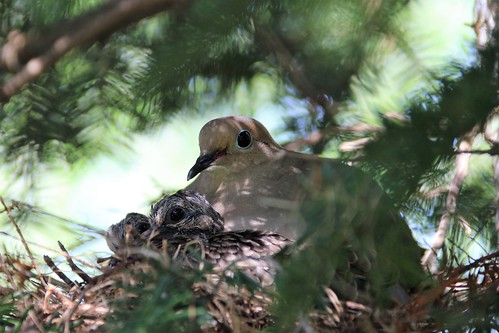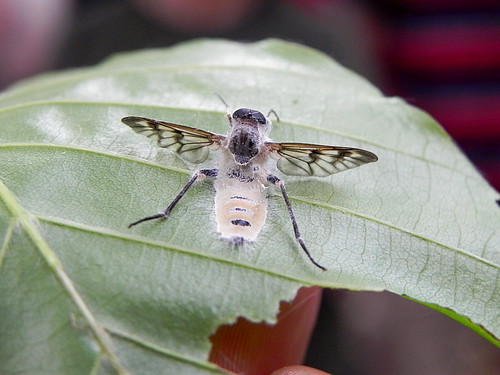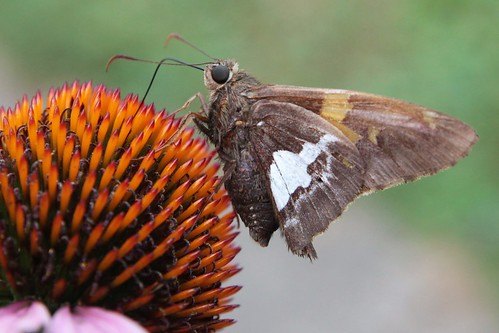I grew up on eleven acres of land and took the large amount of wildlife for granted. The land was a mix of lawn, field, apple orchards, chestnut orchards, and a kickball field with slate bases in the backyard. It was a gathering place, a playing place, and a space that required a lot of hard work to maintain. Most of all, it was magical.
It’s been said that every memory carves a wrinkle into your brain, and that land left some deep wrinkles in mine. There was the time a Red Fox family, with kits so young they were still stripy, frolicked and played along the field edge while we ate dinner. Another time, Smooth Green Snakes curled up in the lilac bush while we egged each other on to touch them.
Wildlife was all around us, from hawks kettling overhead in the fall to the inevitable mole or shrew that the cats would drag alive into the backyard to show us.
When my wife and I went house shopping, we were bluntly (but kindly) told that we could afford a house or land, but not both. We ended up on a lot 155 feet long by 72 feet wide that was mostly lawn and a house that had way too much pink in it for my taste.
It was hard for me to adjust my dream of land to the flat stretch of lawn we had, but we quickly started looking at it as a blank canvas waiting for plants. Since we had released Monarch butterflies at our wedding, it seemed fitting to turn the yard into a haven for butterflies.

To get butterflies, plants need to be planted for caterpillars as a starting point. Tiny one-foot-high spicebush were planted along one side of the yard that now tower 12 feet in the air. They are home to Spicebush Swallowtail caterpillars, which look like little snakes as caterpillars and are huge black butterflies as adults. Milkweed was planted for Monarchs. Violets were left in patches in the yard for fritillaries, which are varying sizes of vivid orange fluttering. An oak tree, home to more types of caterpillars than any other local plant I know of, was accidentally planted as an acorn. It is now taller than any tree in the yard.
Flowers were carefully planted to create blooms through most parts of the warm months. The yard blooms in splashes of color. One garden blooms in early spring, while another blooms in late spring. Splash by splash, color dots different parts of the yard at different times of the year, providing nectar for butterflies, hummingbirds, bees, and beetles throughout the warm months.
Right now, the yard hums with honeybees and I can’t help but wonder about their journey. Honeybees communicate with a waggling dance in the hive shaped like a wiggly figure eight. In that dance, some bee somewhere, is telling the other bees about the jackpot of flowers in my yard. They come in waves to drink from the clovers, milkweed, and other flowers. There is a possibility that they are from a wild hive lurking in a tree nearby, but honeybees may travel up to three miles from their hive. I imagine a circle six miles across, centered on my house. These bees could have come from anywhere in that area, if they even all come from one hive. This fall, some beekeeper miles away could be dining on honey created from the flowers in my yard.

It’s humbling to know that we have so little grasp of nature that even my tiny yard contains endless surprises and questions. Why is that fly secured under the leaf with tiny threads? Who is cutting perfect half-moons out of the sides of the redbud leaves? What animal keeps eating through the bottoms of the peas in the garden? (Answers: there is a fungus that takes over the fly and uses it as a host. Leaf cutting bees bite perfect half circles out of leaves. The recently deceased Meadow Vole was eating the garden.)
There are places to learn these things. Audubon has programs on raising butterflies and creating butterfly havens in your yard coming up. There is also a wonderful app called iNaturalist, where you post photos of the things you see and where. Others that know more can then identify them for you. This provides much needed information on natural happenings on a continent-wide scale as well as giving the average person access to biologists and others who help them identify things.
If you are not an “app” kind of person, there are some wonderful field guides out there that can help you discover more about what is right in your own back yard. Go on a backyard safari sometime, you might be surprised at what you find.
Audubon Community Nature Center builds and nurtures connections between people and nature. ACNC is located just east of Route 62 between Warren and Jamestown. The trails are still open from dawn to dusk as is Liberty, the Bald Eagle. Though the Nature Center is currently closed, including restrooms, due to COVID-19 restrictions, drive-thru sales are available from the Blue Heron Gift Shop and Day Camps are open. More information can be found online at auduboncnc.org or by calling (716) 569-2345.
Jeff Tome is a Senior Nature Educator at Audubon.


Recent Comments